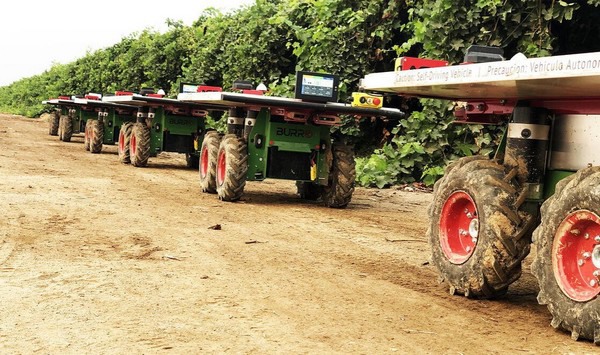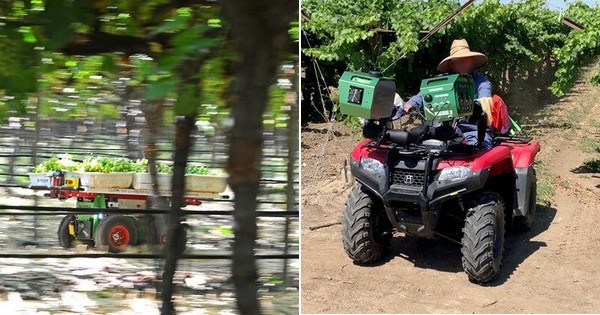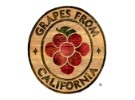California table grape growers, collectively through the California Table Grape Commission, are working to mechanize and automate operational functions, with a goal of reducing costs and increasing the efficiency of vineyard operations.
One priority is to minimize the movement of labor and maximize production per foot travelled. A time and motion study conducted on harvest activities helped the industry understand where and how much time is spent on picking and packing tasks. A second time and motion study on in-house packing is in the process of being completed; the goal is to understand how labor is distributed across tasks and facilities and identify potential areas of mechanization and automation.
 California grape growers are moving towards automation in hopes of reducing costs and increasing the efficiency of vineyard operations.
California grape growers are moving towards automation in hopes of reducing costs and increasing the efficiency of vineyard operations.
Another priority is to introduce automation to the harvesting of table grapes. This work is being done with the use of autonomous carts that aid in-vineyard movement of freshly harvested grapes. Other cart capabilities being tested include using sensors to detect ripe berries and robotics to pick ripe berry clusters without damaging the fruit.
Other sensor research and development includes crop mapping and estimation via cluster counting, berry size measurement and berry color detection as well as remote monitoring for increased water use efficiency.
 Another priority for California grape growers is to introduce automation to the harvesting of table grapes. This work is being done with the use of autonomous carts and all-terrain vehicles that aid in-vineyard movement of freshly harvested grapes.
Another priority for California grape growers is to introduce automation to the harvesting of table grapes. This work is being done with the use of autonomous carts and all-terrain vehicles that aid in-vineyard movement of freshly harvested grapes.
The commission is also researching mechanized tools to improve vineyard pruning efficiency including hand-held battery-powered pruners and tractor-mounted mechanical pruners workable in table grape trellis systems. A related product review on global tools and technologies available for mechanical pruning of table grapes was recently completed.
The commission is considering other categories of innovation such as sensing and spot treating for pests and diseases, automated production and packing practices and new vineyard infrastructure to facilitate automation and mechanization.
 For more information:
For more information:
Jeff Cardinale
California Table Grape Commission
[email protected]
www.grapesfromcalifornia.com
